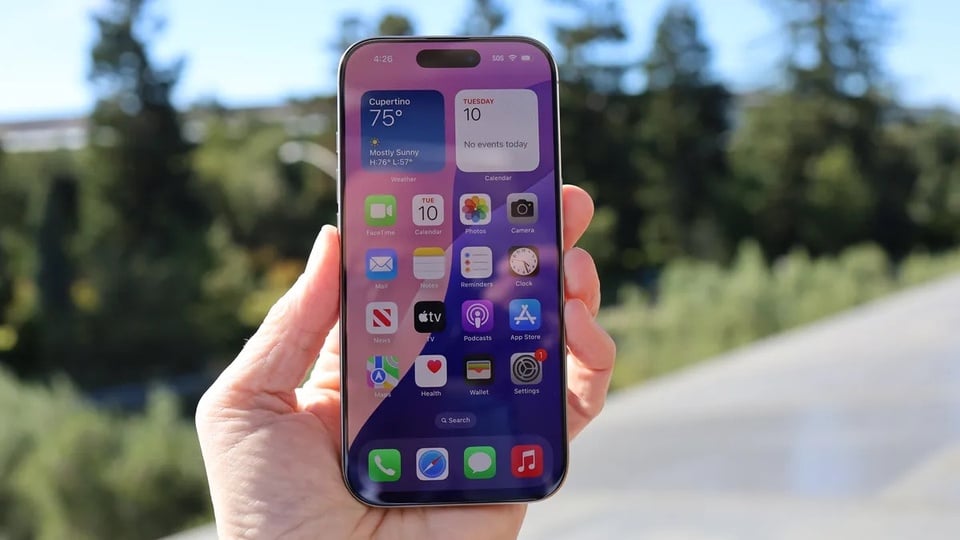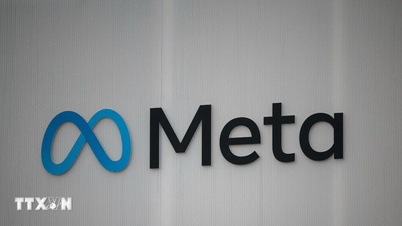 |
The iPhone 16 Pro's display has an anti-fingerprint coating, but its anti-reflective capabilities are limited. Photo: Future/Lance Ulanoff . |
The Instant Digital account on Weibo once revealed that Apple was researching a new anti-reflective screen layer that would be more scratch-resistant than Ceramic Shield. According to MacRumors , there has been no further information since then and it seems that the plan has been canceled.
Apple is expected to equip the iPhone 17 Pro and iPhone 17 Pro Max with an anti-reflective coating, making them the first iPhones to feature an anti-reflective display.
However, the company has run into issues scaling up the screen coating process, and the feature is no longer in development for the iPhone 17 Pro series.
As MacRumors describes, the process of adding anti-reflective coating to iPhone screens with existing technology is too slow considering the millions of Apple devices. Therefore, although it is planned to be included in the Pro model, this feature will not be feasible until 2025.
The iPhone currently has an oleophobic coating that resists fingerprints, but Apple hasn’t focused much on anti-reflective technology. On the Mac and iPad Pro lines, Apple offers nano-texture displays that reduce glare, but that feature hasn’t extended to the iPhone.
It's possible Apple could move to nano-texture or a simpler coating, but it could also be completely abandoned at this point.
With the Galaxy S24 Ultra, Samsung equipped the display panel with Gorilla Glass Armor, which reduces reflections by up to 75%. This technology improves contrast in bright light conditions and makes colors appear more realistic even in sunlight or brightly lit rooms.
If the iPhone 17 doesn't have an anti-reflective display as expected, Apple could introduce this important improvement in the future, when the manufacturing process is capable enough.
Source: https://znews.vn/diem-gay-that-vong-cua-iphone-17-post1549953.html



![[Photo] Cultural, sports and media bloc at the 50th Anniversary of Southern Liberation and National Reunification Day](https://vphoto.vietnam.vn/thumb/1200x675/vietnam/resource/IMAGE/2025/4/30/8a22f876e8d24890be2ae3d88c9b201c)
![[Photo] Chinese, Lao, and Cambodian troops participate in the parade to celebrate the 50th anniversary of the Liberation of the South and National Reunification Day](https://vphoto.vietnam.vn/thumb/1200x675/vietnam/resource/IMAGE/2025/4/30/30d2204b414549cfb5dc784544a72dee)
![[Photo] Performance of the Air Force Squadron at the 50th Anniversary of the Liberation of the South and National Reunification Day](https://vphoto.vietnam.vn/thumb/1200x675/vietnam/resource/IMAGE/2025/4/30/cb781ed625fc4774bb82982d31bead1e)






















































































Comment (0)